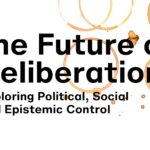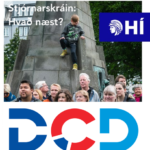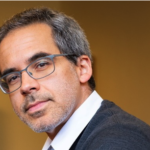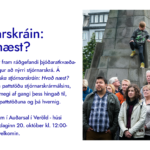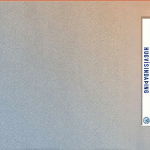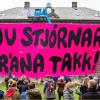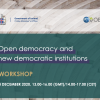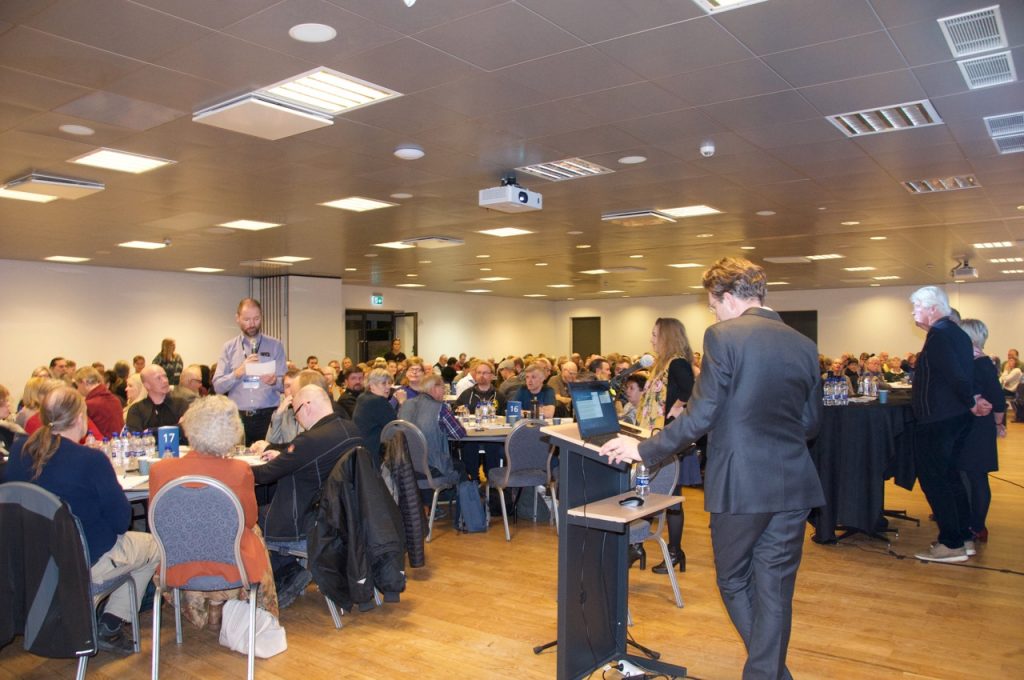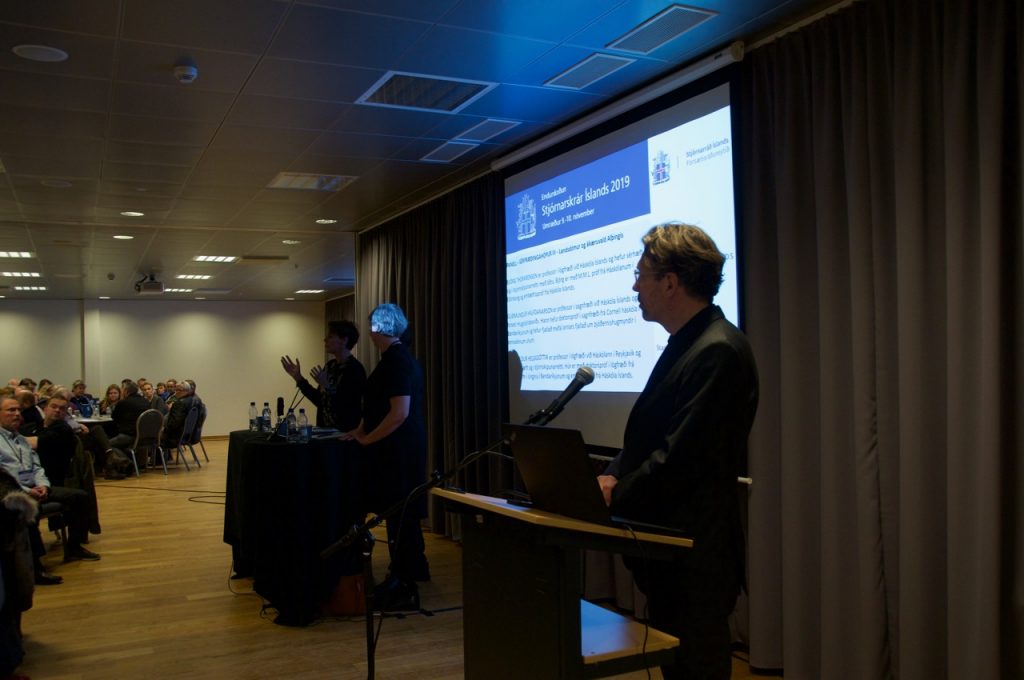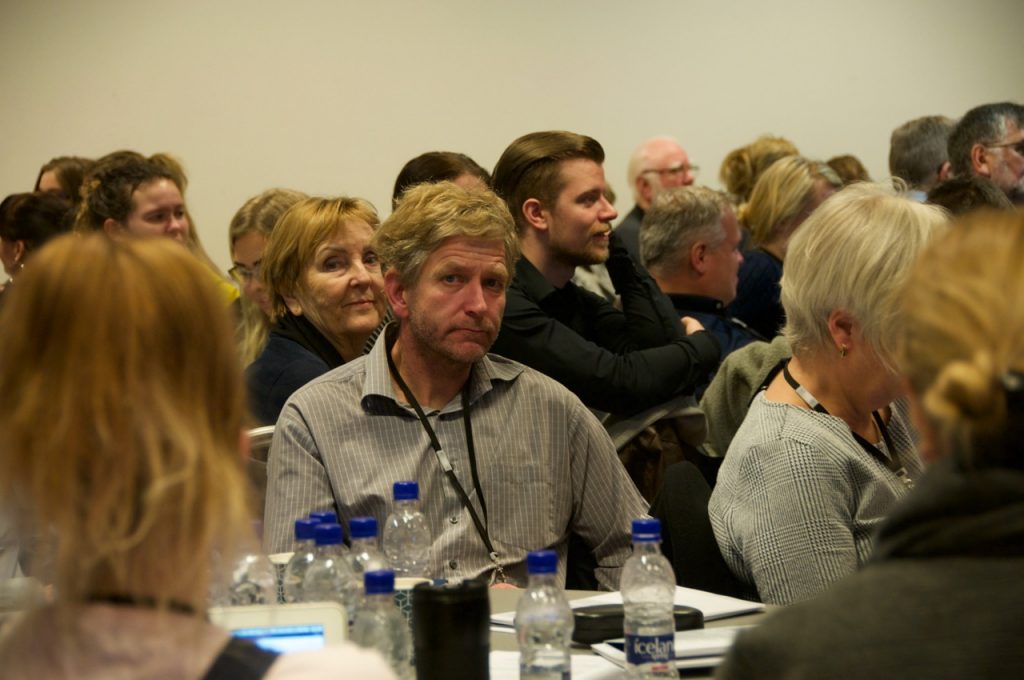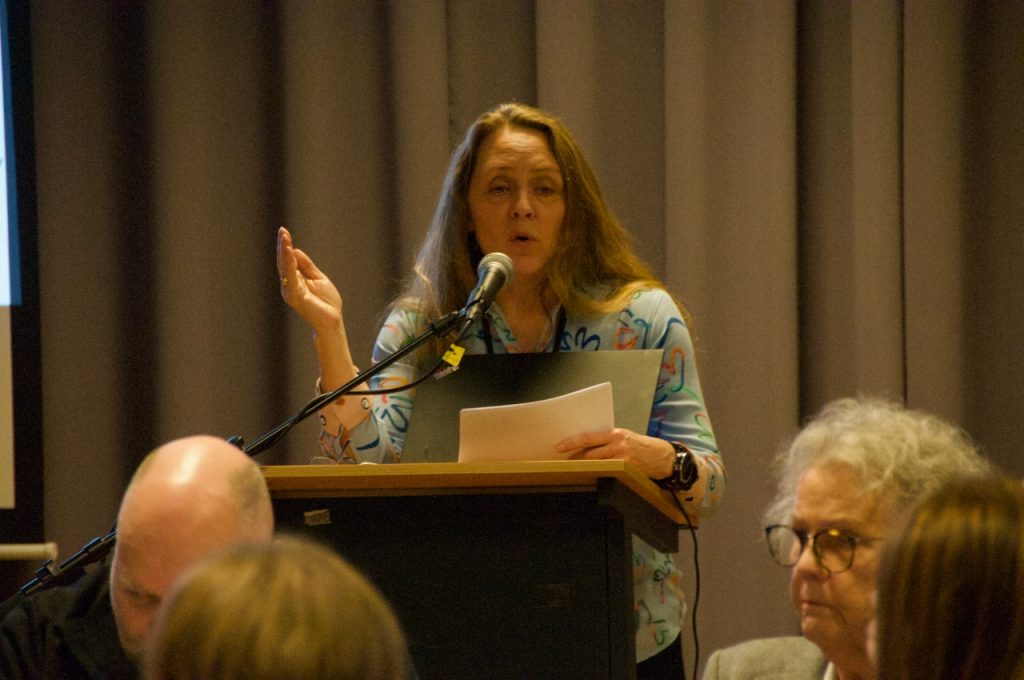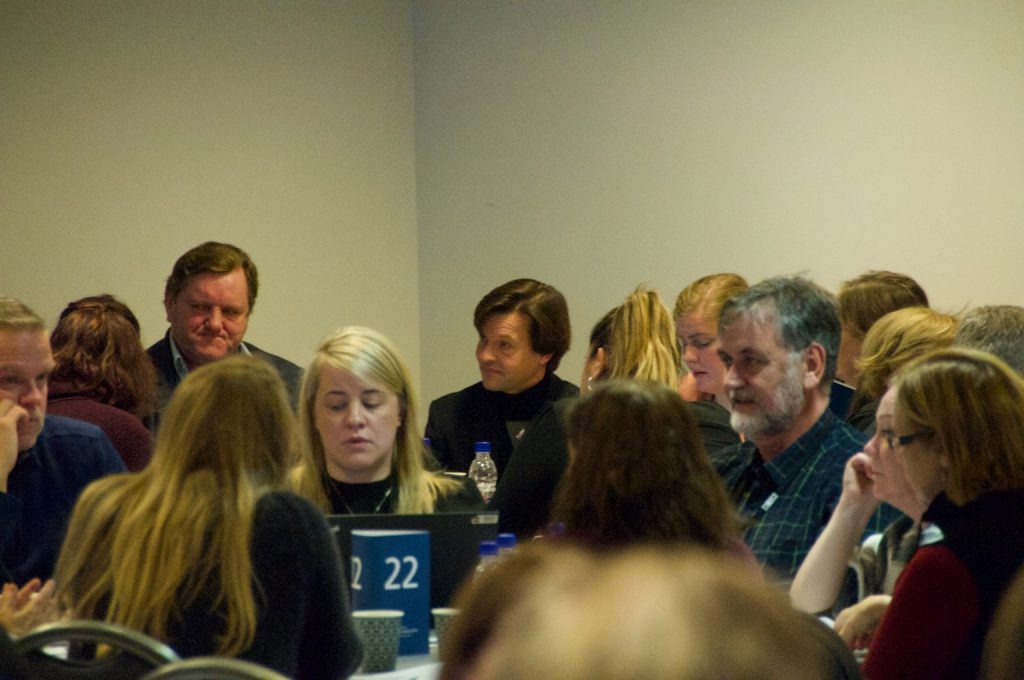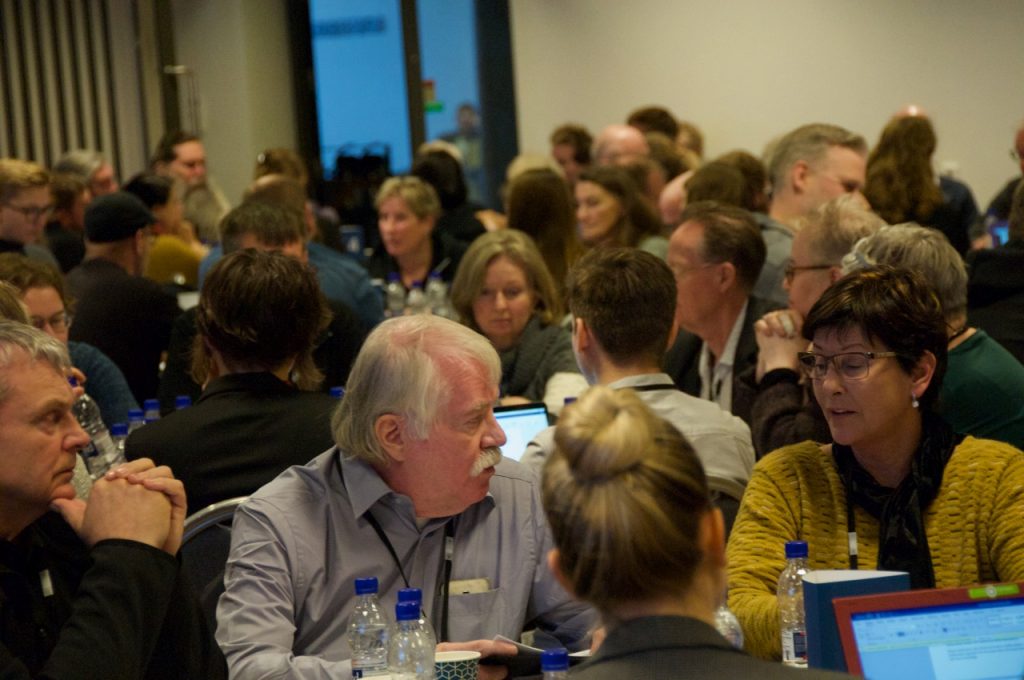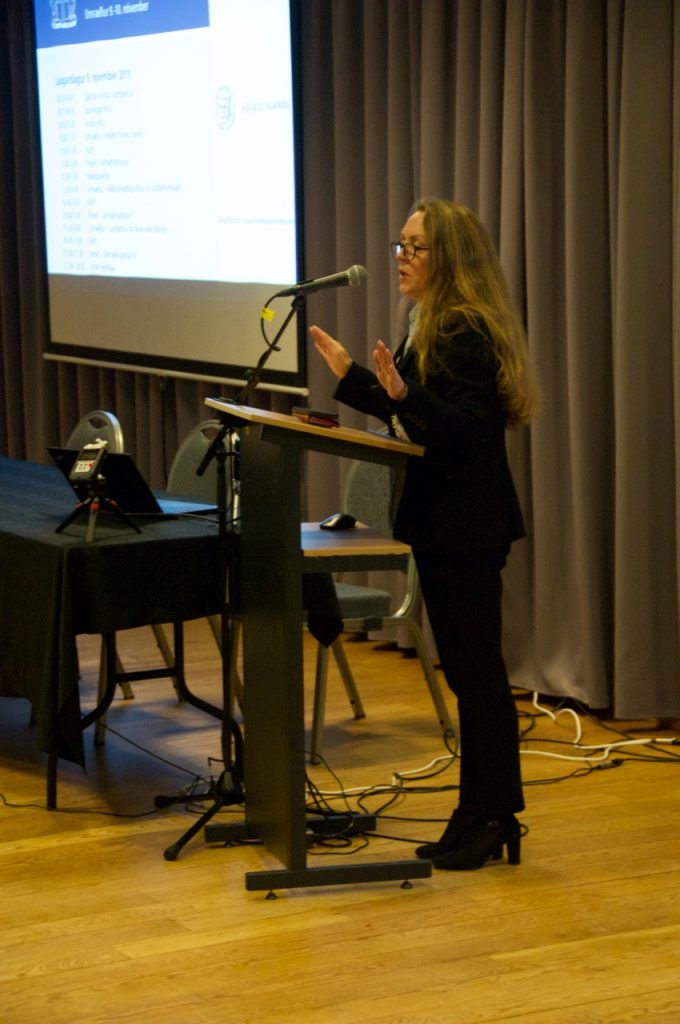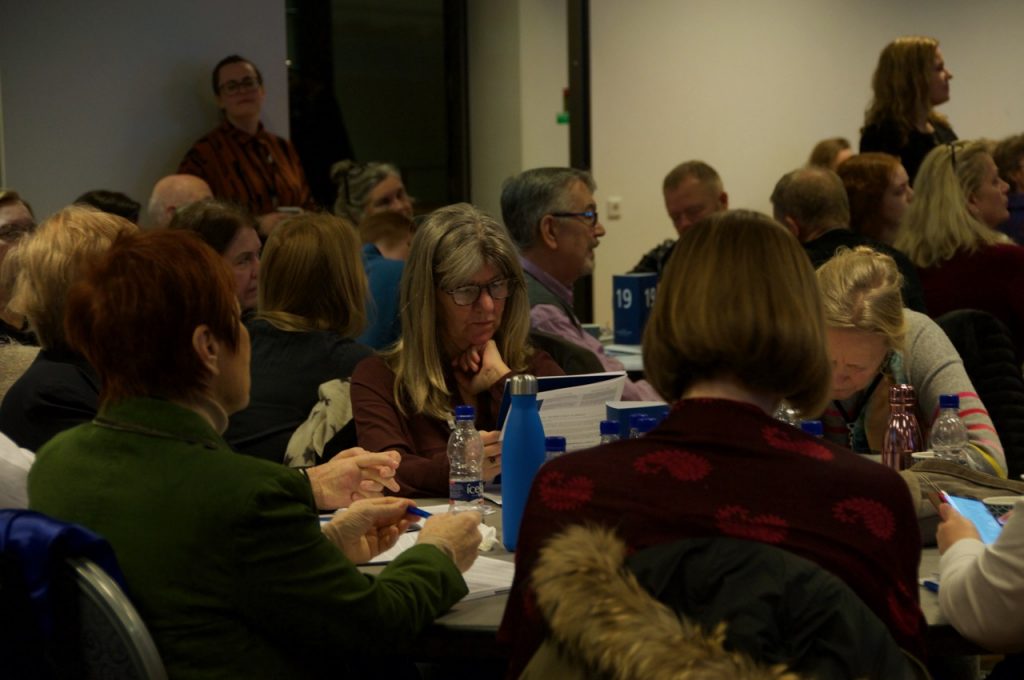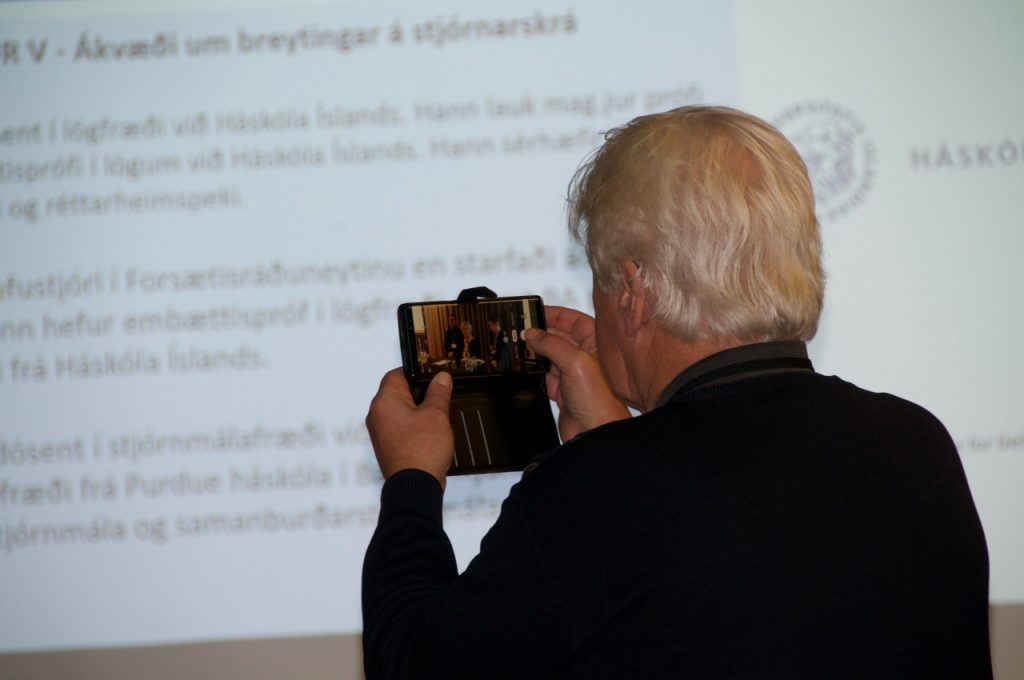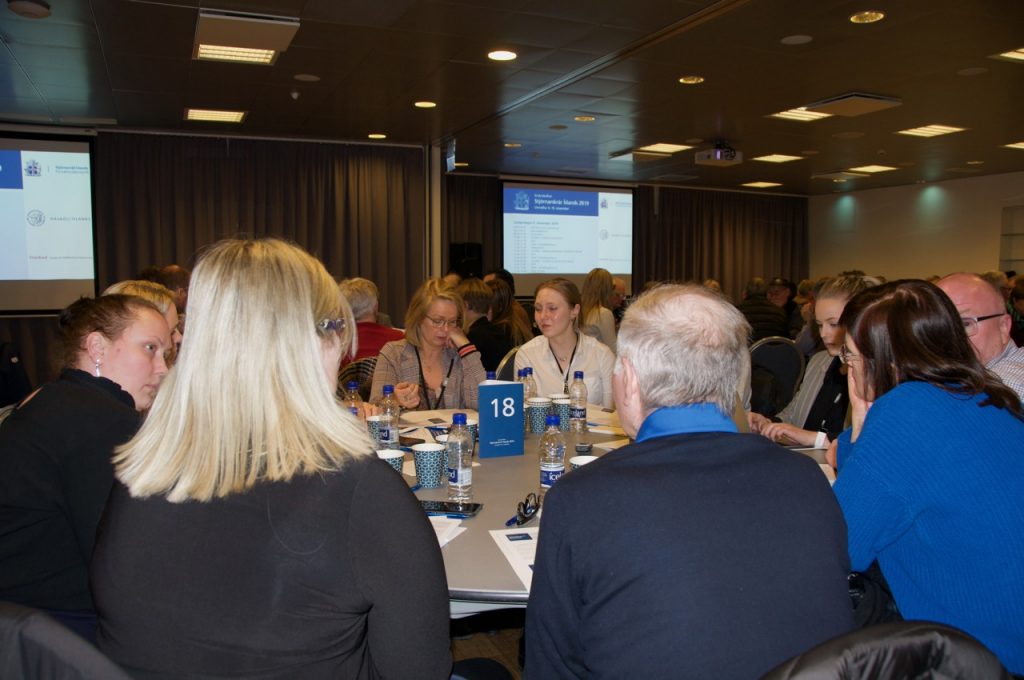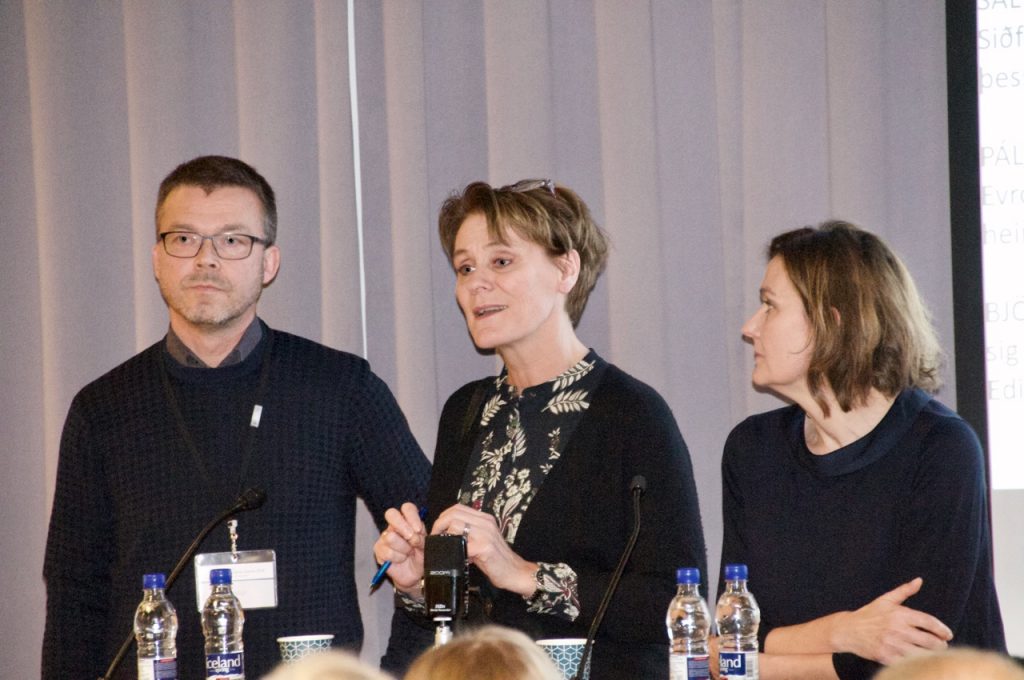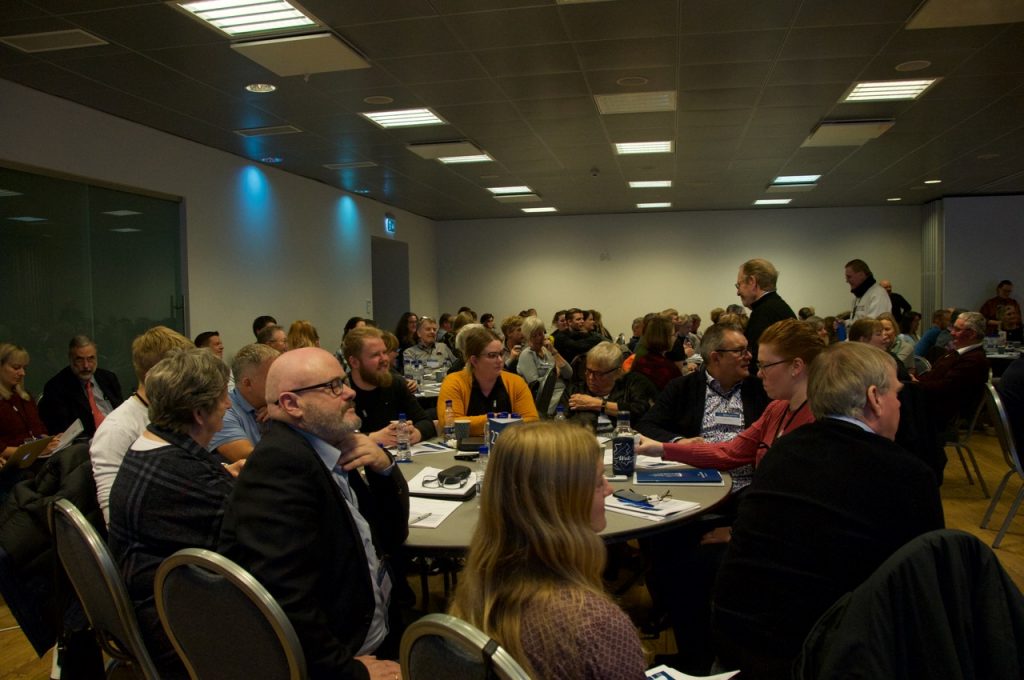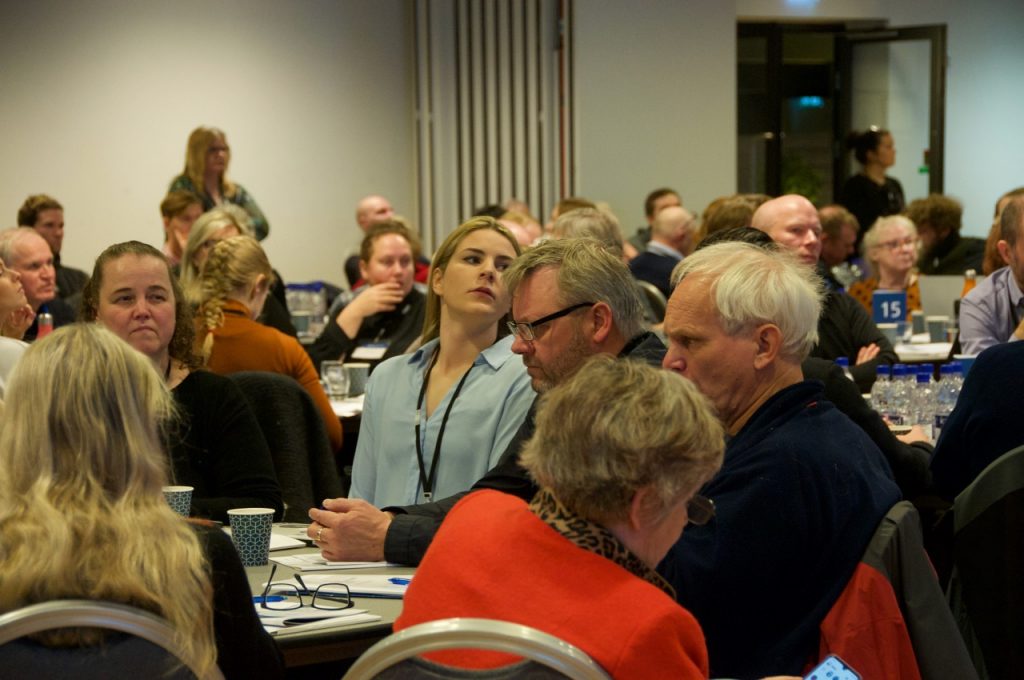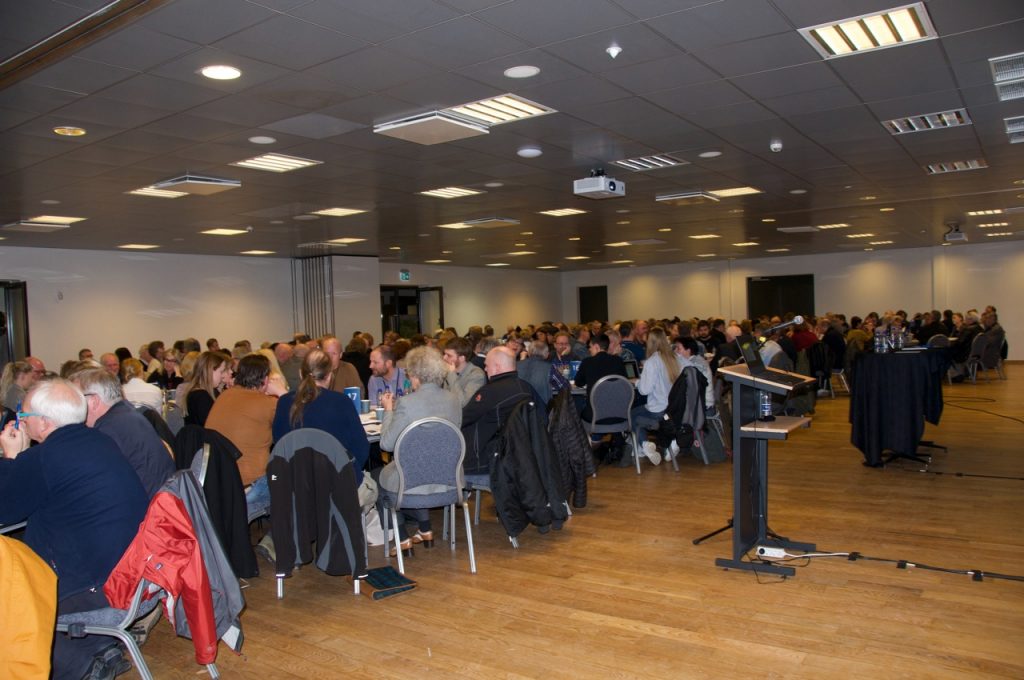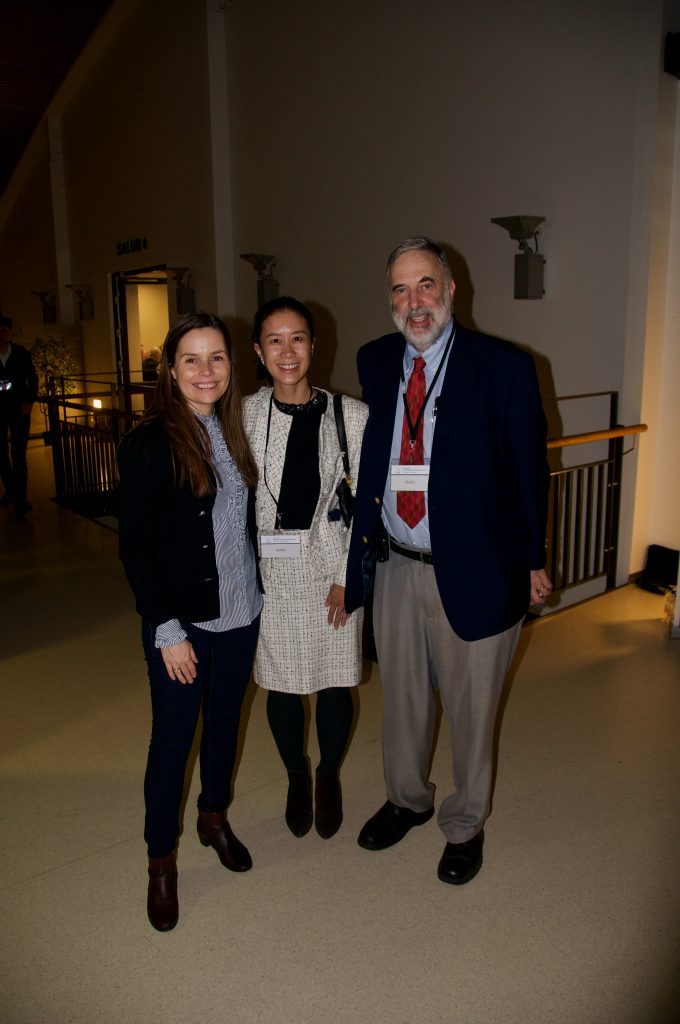| TITLE OF PAPER | Indigenous, Feminist and Queer Perspectives Risk Eternal Invisibility in the Art Museum in Spite of Current Visibility. A few Norwegian Examples. |
|---|---|
| AUTHORS NAME | Sigrun Åsebø |
| AFFILIATION | Department of linguistic, literary and aesthetic studies, |
| UNIVERSITY / INSTITUTE | University of Bergen, Norway |
| sigrun.asebo@uib.no | |
| ABSTRACT |
In traditional art museums, indigenous art, feminist and queer art are invisible because the dominant narrative is the Western, international canon. However, in current museum practice and exhibitions, feminist perspectives, female artists, queer art and indigenous art are highlighted and recirculated as part of museums’ consciousness raising in favour of these perspectives. The problem, though, remains that these perspectives get absorbed into contemporary art instead of being used to redefine existing narratives and canons in the museum. They are used for all the wrong reasons and in the long run they risk staying invisible. Territoriality is the basis of the national art museum as an institution. National galleries of art represent the nation at the level of high culture and in a comparative perspective with other civilized nations. This is the function of the national survey museum. And as to contemporary art, the global art marked has already redefined the borders of national art, as well as the global “curator-regime” (biennials and Kunsthalle) since the 1990s has changed power relations in contemporary art. This leaves the question of territoriality in relation to art somewhat different than the one sketched in the call, but does the globalisation of the art world mean that all is good and well? Indigenous, feminist and queer perspectives are “trending” and exposed rather than marginalised nowadays, but where does this leave their critical potentials for rewriting art history in the long run? Through Norwegian cases we will discuss how Sámi and feminist perspectives in fact problematises existing narratives but risk obscurity in the end because in contemporary art, they are used to promote fleeting identity policies. A thorough reformulation of the institution according to indigenous, feminist and queer perspectives would mean to reconsider the structure of the collection, the labelling of objects, the understanding of contexts, etc. |
| BIOGRAPHY |
Sigrun Åsebø (PhD), Associate Professor in Art History, Univ. of Bergen, Norway. Publications include articles on feminist theory and historiography, the status and work of women artists historically and today, and questions of gender, sexuality and identity in contemporary art. Together with Ulla Angkjær Jørgensen (NTNU), I am the co-founder of the Nordic Network for Gender and Diversity in Art Museums bringing together researchers and museum curators from the Nordic and Baltic Area (https://www.ntnu.no/kunstmangfold) Current research focuses on gender and diversity in a museological context, working to grasp gender and diversity as they are embedded, played out and negotiated within art museums and curating. Recent publications include articles on readings of landscape artist Kitty Kielland and her involvement in the women’s movement (with Janeke M. Utne), embodiment, gender and sami in Aslaug Juliussen’s art, and readings of feminist curatorial practices in Norwegian art museums. |
| CO-AUTHORS |
Sigrun Åsebø, Associate Professor, University of Bergen. E-mail, Sigrun.Asebo@uib.no |
| KEYWORDS | Art, museum, feminism, queer, Sámi |
| STREAM | 3. Decoloniality: Revisiting the Politics of Self-determination, Indigeneity, Ethnicity, and Decolonisation, 4. Along and across Borders: Proper Objects and Intersectionalities, 6. Production and Negotiation of Borders in Gender Research |
| COMMENTS | |
| PICTURE |  |
| Webpage | https://www.uib.no/personer/Sigrun.%C3%85seb%C3%B8 |
| Sigrun Åsebø |
Home »
